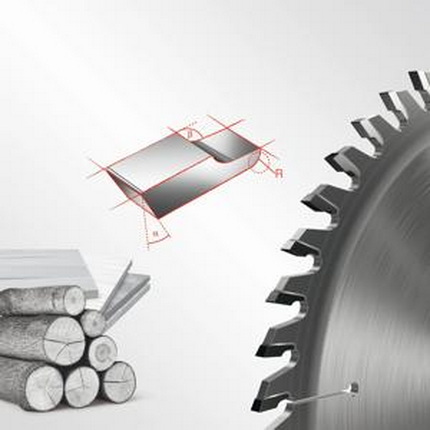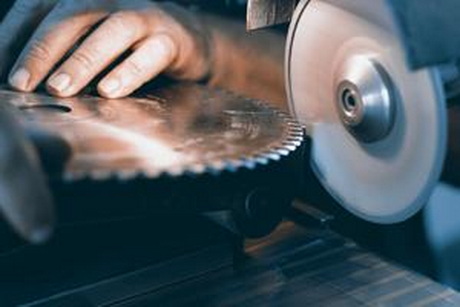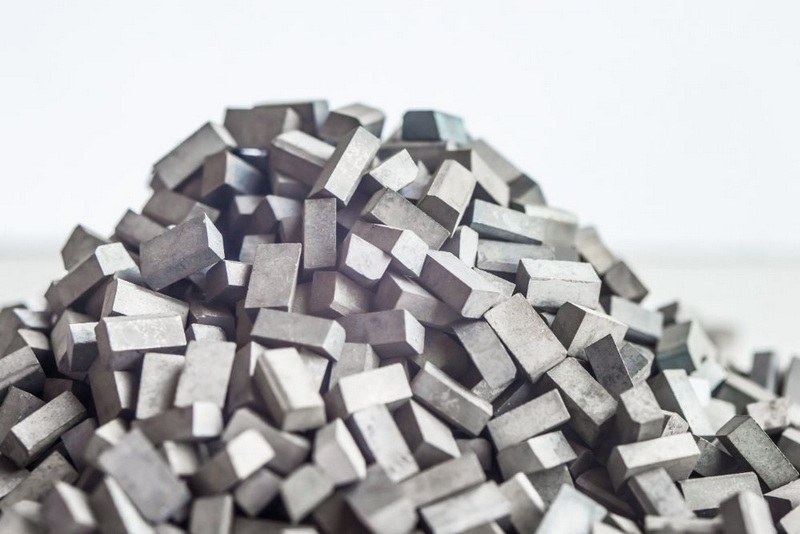Content Menu
● Introduction to Tungsten Carbide
>> Properties of Tungsten Carbide
● Challenges in Bending Tungsten Carbide
>> Limitations of Bending
● Methods for Bending Tungsten Carbide
>> 1. Pre-Sintering Shaping
>> 2. Using Specialized Tooling
>> 3. Laser Cutting and Shaping
>> 4. Grinding and Machining
● Alternatives to Bending
>> 1. Design for Machining
>> 2. Assembly
>> 3. Material Selection
● Advanced Techniques for Shaping Tungsten Carbide
>> 1. Electrical Discharge Machining (EDM)
>> 2. 3D Printing
>> 3. High-Pressure Sintering
● Case Studies
>> 1. Cutting Tool Industry
>> 2. Aerospace Industry
● Conclusion
● Frequently Asked Questions
>> 1. Can Tungsten Carbide Be Bent?
>> 2. What Are the Alternatives to Bending Tungsten Carbide?
>> 3. How Is Tungsten Carbide Typically Shaped?
>> 4. What Are the Properties of Tungsten Carbide?
>> 5. Can Tungsten Carbide Be Used at High Temperatures?
● Citations:
Tungsten carbide is renowned for its exceptional hardness and wear resistance, making it a crucial material in various industrial applications, including cutting tools and wear parts. However, its brittleness poses significant challenges when it comes to bending or shaping. In this article, we will explore the complexities of bending tungsten carbide and discuss methods that can be employed to achieve desired shapes while minimizing the risk of cracking or breakage.

Introduction to Tungsten Carbide
Tungsten carbide is a composite material made from tungsten carbide particles bound together by a metallic matrix, typically cobalt. This composition provides it with a high melting point, excellent thermal conductivity, and superior hardness, ranking about 9.0–9.5 on the Mohs scale. Despite these advantages, its brittleness limits its ability to withstand bending stresses without fracturing.
Properties of Tungsten Carbide
- Hardness: Tungsten carbide is extremely hard, which makes it ideal for cutting tools but challenging to bend.
- Brittleness: It has a low ductility, meaning it cannot be bent significantly without breaking.
- Thermal Conductivity: High thermal conductivity helps in dissipating heat during machining processes but does not aid in bending.
Challenges in Bending Tungsten Carbide
Bending tungsten carbide is not straightforward due to its brittle nature. Unlike metals that can be bent through plastic deformation, tungsten carbide tends to crack or break under stress. The primary challenge is to apply sufficient force to bend the material without causing it to fracture.
Limitations of Bending
- Brittleness: The material's inability to deform plastically makes it prone to cracking.
- Stress Concentration: Any imperfections or notches can act as stress concentrators, leading to failure.
Methods for Bending Tungsten Carbide
While bending pure tungsten carbide is highly challenging, there are some strategies that can be employed to achieve desired shapes:
1. Pre-Sintering Shaping
Tungsten carbide can be shaped before it is fully sintered. In its "green" state, it can be machined or formed using conventional methods like turning, milling, or grinding. However, once sintered, it becomes much harder and more brittle.
2. Using Specialized Tooling
For applications where bending is necessary, specialized tooling that applies controlled stress can be used. However, this method is not commonly applied due to the material's inherent brittleness.
3. Laser Cutting and Shaping
Laser cutting can be used to create complex shapes in tungsten carbide without the need for bending. This method allows for precise cutting and minimizes the risk of cracking.
4. Grinding and Machining
Final shaping of tungsten carbide parts is often done through grinding. Silicon carbide wheels are commonly used for this purpose, as they provide the necessary hardness to grind tungsten carbide effectively.

Alternatives to Bending
Given the difficulties in bending tungsten carbide, alternative methods are often preferred:
1. Design for Machining
Parts can be designed to be machined directly into the desired shape, eliminating the need for bending.
2. Assembly
Components can be designed to be assembled from multiple parts, allowing for complex geometries without bending.
3. Material Selection
In some cases, selecting a different material that is more ductile might be a viable alternative if the application does not strictly require tungsten carbide's properties.
Advanced Techniques for Shaping Tungsten Carbide
Recent advancements in technology have introduced new methods for shaping tungsten carbide:
1. Electrical Discharge Machining (EDM)
EDM is a process that uses electrical discharges to remove material from a workpiece. It is particularly useful for creating complex shapes in hard materials like tungsten carbide.
2. 3D Printing
Some research has explored the use of 3D printing techniques to create complex tungsten carbide parts. This method allows for intricate geometries that would be impossible to achieve through traditional machining.
3. High-Pressure Sintering
Improvements in sintering techniques can lead to tungsten carbide with slightly improved ductility, though this is still a developing area.
Case Studies
Several industries have successfully adapted to the challenges of working with tungsten carbide:
1. Cutting Tool Industry
The cutting tool industry relies heavily on tungsten carbide for its durability. Tools are designed to be machined directly into shape, minimizing the need for bending.
2. Aerospace Industry
In aerospace, tungsten carbide is used for wear parts and other components where its hardness is crucial. Parts are often designed to be assembled from multiple pieces to achieve complex geometries.
Conclusion
Bending tungsten carbide is highly challenging due to its brittle nature. While there are some methods to shape it before sintering or use specialized techniques, these approaches are limited. The most effective strategies involve designing parts to be machined directly into shape or using assembly techniques to achieve complex geometries. Advances in technology, such as EDM and 3D printing, offer promising alternatives for creating complex shapes without bending.

Frequently Asked Questions
1. Can Tungsten Carbide Be Bent?
Tungsten carbide is extremely difficult to bend due to its brittleness. It is not recommended to attempt bending as it will likely result in cracking or breakage.
2. What Are the Alternatives to Bending Tungsten Carbide?
Alternatives include designing parts to be machined directly into shape, using laser cutting for precise shapes, or assembling components from multiple parts.
3. How Is Tungsten Carbide Typically Shaped?
Tungsten carbide is typically shaped through machining processes like turning, milling, or grinding after it has been sintered. It can also be shaped in its "green" state before sintering.
4. What Are the Properties of Tungsten Carbide?
Tungsten carbide is known for its high hardness (9.0–9.5 on the Mohs scale), high melting point, and excellent thermal conductivity. However, it is brittle and has low ductility.
5. Can Tungsten Carbide Be Used at High Temperatures?
Tungsten carbide retains its strength at elevated temperatures but starts to oxidize above 1000°F (538°C), which can limit its use in high-temperature applications.
Citations:
[1] https://www.espimetals.com/index.php/technical-data/263-Tungsten-%20Machining
[2] https://forum.weldingtipsandtricks.com/viewtopic.php?t=2409
[3] https://www.ctemag.com/articles/bending-rules
[4] https://en.wikipedia.org/wiki/Tungsten_carbide
[5] https://www.practicalmachinist.com/forum/threads/can-you-bend-carbide.75488/
[6] https://www.generalcarbide.com/wp-content/uploads/2019/04/GeneralCarbide-Designers_Guide_TungstenCarbide.pdf
[7] https://www.youtube.com/watch?v=jGSWAfia20w
[8] https://majorcarbide.com/what-is-tungsten-carbide/
















